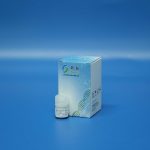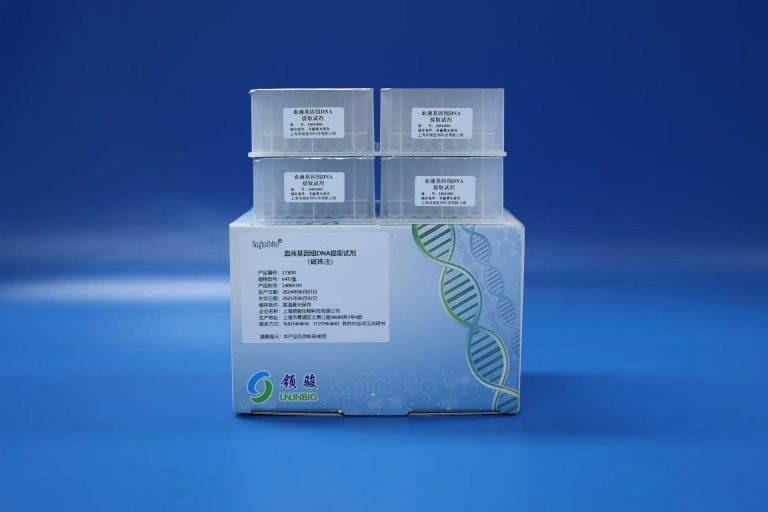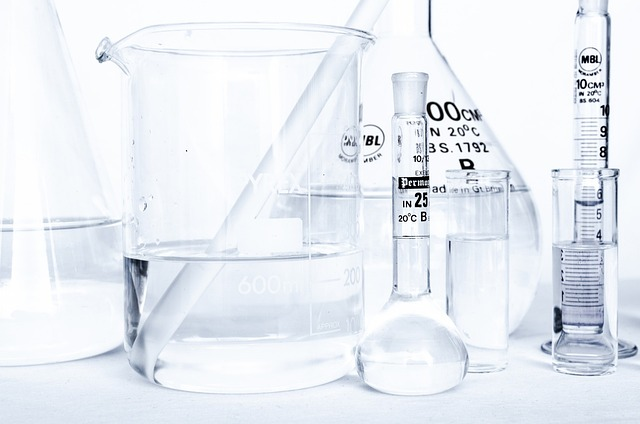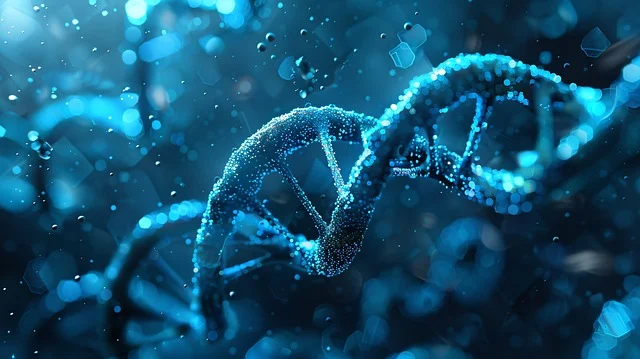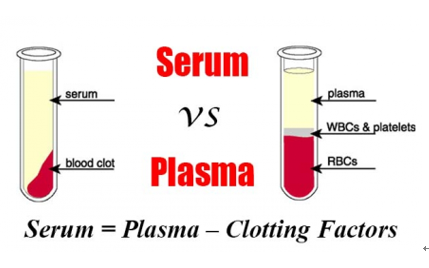Professional Manufacturer of Biomagnetic Beads
Plasmid DNA extraction is a fundamental and important technique in molecular biology research. The key to distinguishing plasmid DNA from chromosomal DNA lies in their differences in physical and chemical properties. Here are several common methods for differentiation.
1. Alkaline Lysis
The alkaline lysis is one of the most widely used methods for plasmid DNA extraction. Its principle is based on the differences in topological structure between chromosomal DNA and plasmid DNA. The bacterial cell wall and cell membrane are disrupted in a strong alkaline environment, releasing chromosomal DNA and plasmid DNA. Linear DNA double helix structure is destroyed and denatured, while covalently closed circular plasmid DNA, although denatured under strong alkaline (pH 12.6) conditions, still has two complementary strands that are intertwined and closely associated. When pH 4.8 acetate potassium (or sodium acetate) high-salt buffer solution is added to restore neutrality, covalently closed circular plasmid DNA renatures quickly, while linear chromosomal DNA renatures slowly. Bacterial proteins, ruptured cell walls, and denatured chromosomal DNA will entangle into large complexes, which are covered by sodium dodecyl sulfate (SDS). Plasmid DNA can be recovered from the supernatant after centrifugation to remove the denaturant.
2. Boiling Lysis
Boiling lysis is particularly suitable for small plasmids of less than 15 kb. This method involves suspending bacteria in a buffer containing Triton X-100 and lysozyme that can digest the cell wall, then heating to 100°C to cause lysis. Heating not only destroys the cell wall but also helps tountangle DNA strand base pairing and denature proteins and chromosomal DNA. Closed circular plasmid DNA does not separate from each other because their phosphodiester backbones are intertwined in a topological structure. When the temperature drops, the bases of the closed circular DNA return to their positions, forming a supercoiled molecule. Plasmid DNA can be recovered from the supernatant after centrifugation to remove denatured chromosomal nucleoproteins.
3. Mini-Prep One-Step Extraction
The mini-prep one-step extraction is based on the fact that bacterial chromosomal DNA is much larger than plasmid DNA. Bacterial chromosomal DNA is sheared into different sizes of linear fragments that adhere to cell debris and become denatured under mechanical force. Although plasmid DNA also is denatured, it renatures quickly after the mechanical force disappears, remaining soluble in the solution, while bacterial chromosomal DNA renatures slowly, forming an insoluble reticular structure. Plasmid DNA can be separated by high-speed centrifugation.
4. Application of Purification Columns
Purification columns are generally composed of a layer of silicone membrane, which can selectively adsorb DNA, and this process is reversible. The silanol groups on the surface of the silicone membrane become negatively charged after dissociation in the solution, forming an electric bridge with positively charged salt ions and negatively charged DNA, thereby adsorbing DNA. The silicone membrane selectively adsorbs DNA under high-salt low-pH conditions, and the silicone membrane releases DNA under low-salt high-pH conditions, .
5. Nucleic acid extraction by magnetic beads method
DNA molecules bind to the positively charged molecules (such as positively charged chemical groups) on the surface of magnetic beads through their negatively charged phosphate backbones via electrostatic binding at specific pH, salt concentration, and temperature. This binding is specific, ensuring that only the target DNA molecules bind to the magnetic beads. In some cases, such as when PEG (polyethylene glycol) and salt ions are added, the conformation of DNA molecules undergoes drastic changes. The linear state is compressed into a curled spherical state, which makes DNA easier to bind with magnetic beads. At the same time, DNA molecules of different lengths undergo selective precipitation under the action of PEG and salt ions, thus achieving the separation of DNA fragments of different sizes.
Dual Magnetic Bead Method: This is a technology developed based on the principle of plasmid extraction, using two types of magnetic beads with different functions. Magnetic bead I is used to remove bacterial debris after lysis, while magnetic bead II is used for the specific separation of nucleic acid molecules. Under the action of lysis buffer, SDS combines with bacterial debris, proteins, and other impurities to form an insoluble potassium (or sodium) salt precipitate complex, which has a positive charge due to the combination of a large amount of K+ (or Na+). Magnetic bead I, with a large number of negatively charged polycarboxylate magnetic beads, can specifically adsorb impurities through electrostatic adsorption and coordination with the positively charged K+ (or Na+) complex. Magnetic bead II has a surface modified with abundant silanol groups, which can specifically adsorb nucleic acids in an alcohol solvent environment, based on this principle, the specific separation of plasmid DNA can be achieved.
Plasmid DNA can be effectively separated from the host cells and its purity and integrity can be ensured by the above methods, laying a solid foundation for subsequent molecular biology experiments.
Supplier
Shanghai Lingjun Biotechnology Co., Ltd. was established in 2016 which is a professional manufacturer of biomagnetic materials and nucleic acid extraction reagents.
We have rich experience in nucleic acid extraction and purification, protein purification, cell separation, chemiluminescence and other technical fields.
Our products are widely used in many fields, such as medical testing, genetic testing, university research, genetic breeding, and so on. We not only provide products but also can undertake OEM, ODM, and other needs.If you have a related need, please feel free to contact us at sales01@lingjunbio.com.


